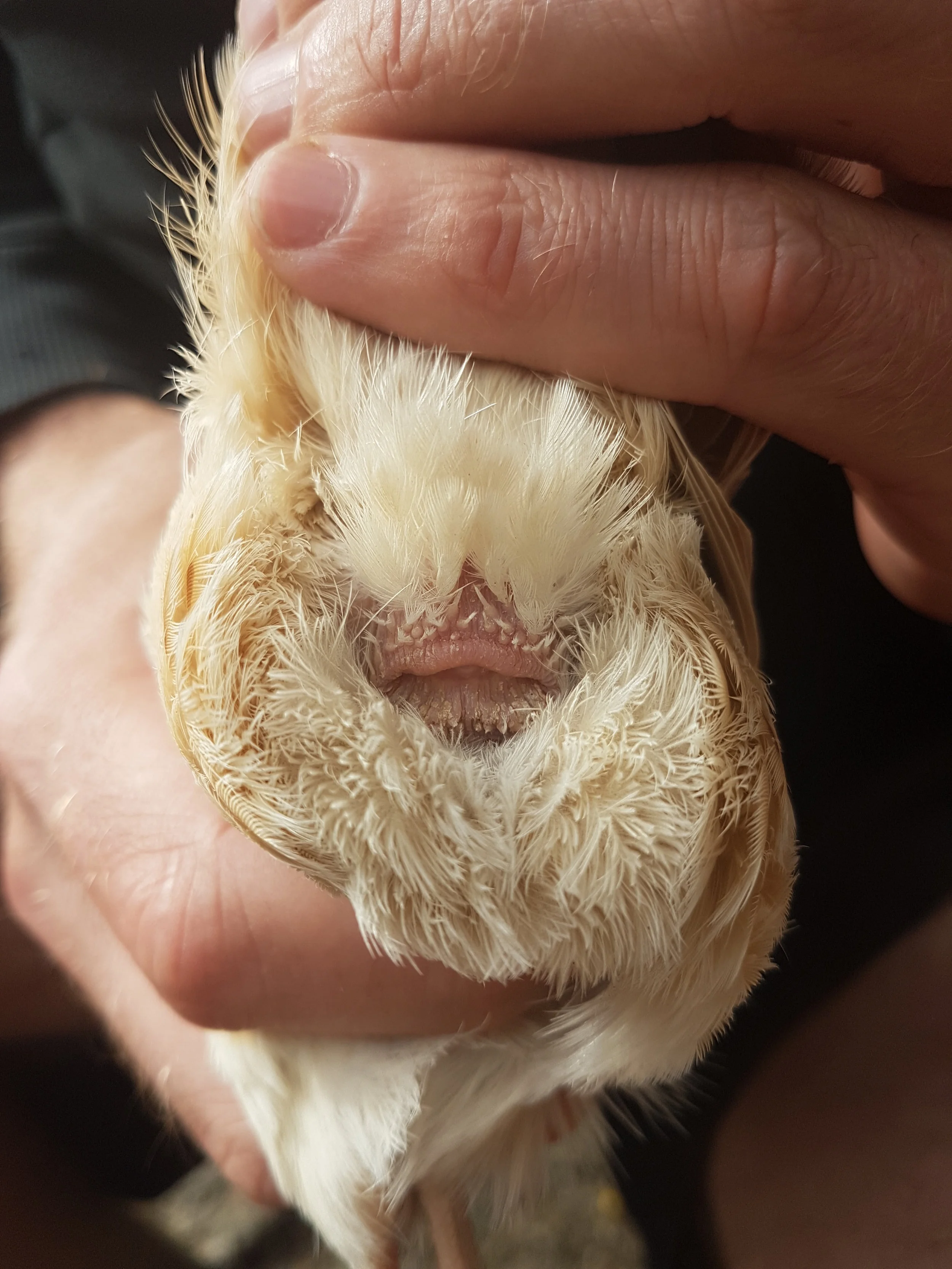COTURNIX QUAIL | SEXING MALES AND FEMALES
WHEN I FIRST STARTED KEEPING COTURNIX QUAIL, I FOUND TRYING TO SEX THEM REALLY HARD.
If you’re a newbie, the subtle feather characteristics can be easy to miss. Some sexes don’t have any differences at all. I bought a Brinsea incubator (you can check out my favourite quail hatching gear here) and hatched out a load of the sweetest little quail chicks you’ve ever seen. However, as they grew, I had NO idea whether the were boys and girls.
I used the following tips to work it out!
FEATHERS
Visual sexing is one way to tell your quails apart. But beware - it doesn't work for all colours. If you're keeping some of the coloured varieties - Pharoah, Golden and Italian, for example - then males have some colour differences. Firstly, their breasts tend to a single plate of colour whereas hens are dappled and striped with vertical lines.
Male birds also have quite noticeable cheek patches. When you're first starting out, this really isn't that clear but as you gain experience, it'll become much easier. As an aside, there are some AMAZING quail colours and you can get a lot of their hatching eggs on eBay.
This male quail has an obvious cheek of colour and his breast is also a single hue. Likewise, the male on the far right has an obvious cheek and chin-strap of colour.
CALLS
If you're able to get up close and personal, and actually watch your quail for a period of time, males can also sometimes be distinguished by their call. Standing alert and upright, they'll make a vocal cry that vibrates their entire head. Combining this with feather colour can help determine the sex of your birds. To be honest, I tend to watch all my birds whilst I collect the eggs (these trays are great for keeping them clean and intact) so observation is a great way to spot who’s who.
However, it's worth knowing that hens can call as well so this isn't a guaranteed method and should be used alongside other options.
VENT SEXING
I find that by far, the easiest way to sex birds is by vent sexing when the birds become sexually mature. As soon as the males are ready to procreate, a gland above their vent gets filled with a fluffy, egg-white like substance. It's thought this is used to help protect the sperm once they're transferred into the hen. A small squeeze on this gland and you'll see the substance excreted. Conversely, hens not only DO NOT have this, but once they've started laying, their vent will be far looser than their male counterparts.
Male Coturnix quail have a white foam excreted by the gland above their vent when in breeding condition.
A hen's vent is clear of foam and can be looser due to egg laying.
It's worthwhile mentioning that outside of breeding season, the glands on male quails dry up. However, I've found that regardless of what time of year you hatch your quail, as they become sexually mature, the foam is produced whether that's for the entire coming spring and summer season, or just a few weeks before they realise it's winter. This still means there's time to work out which are boys and girls.
I hope these three little things help with your quail.
Quail really are fantastic little birds to keep whether for pets, eggs, meat or all three! Feel free to take a look at my YouTube playlist DEDICATED to quail keeping.
If you've got any questions or tips of your own, let me know below! And check out our other quail articles:
☕ Enjoyed and found this article useful? Please consider buying me a virtual Coffee. This helps support the content I'm creating, the animals on the farm and the rewilding projects I'm building to help create an oasis for wildlife.










